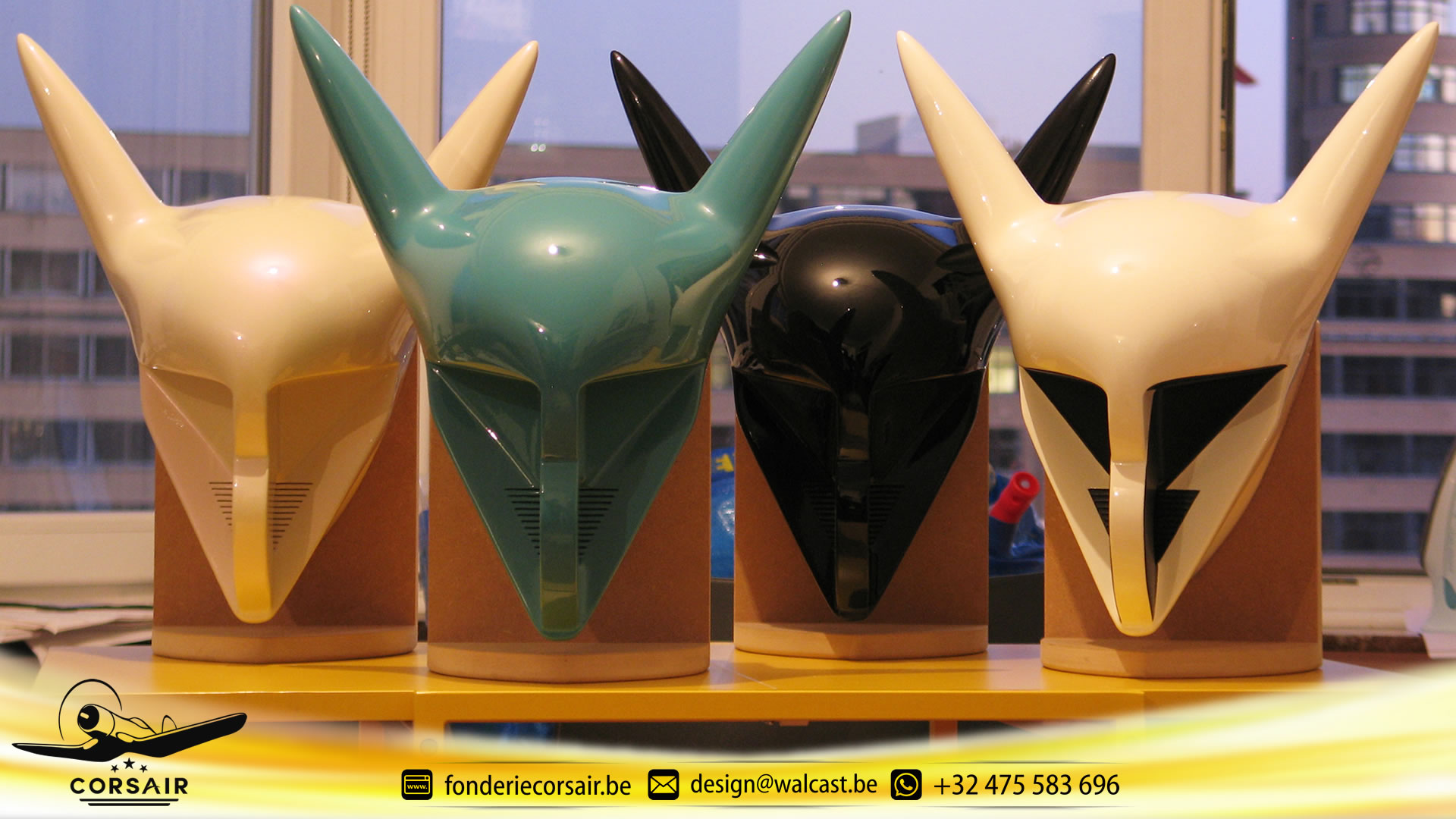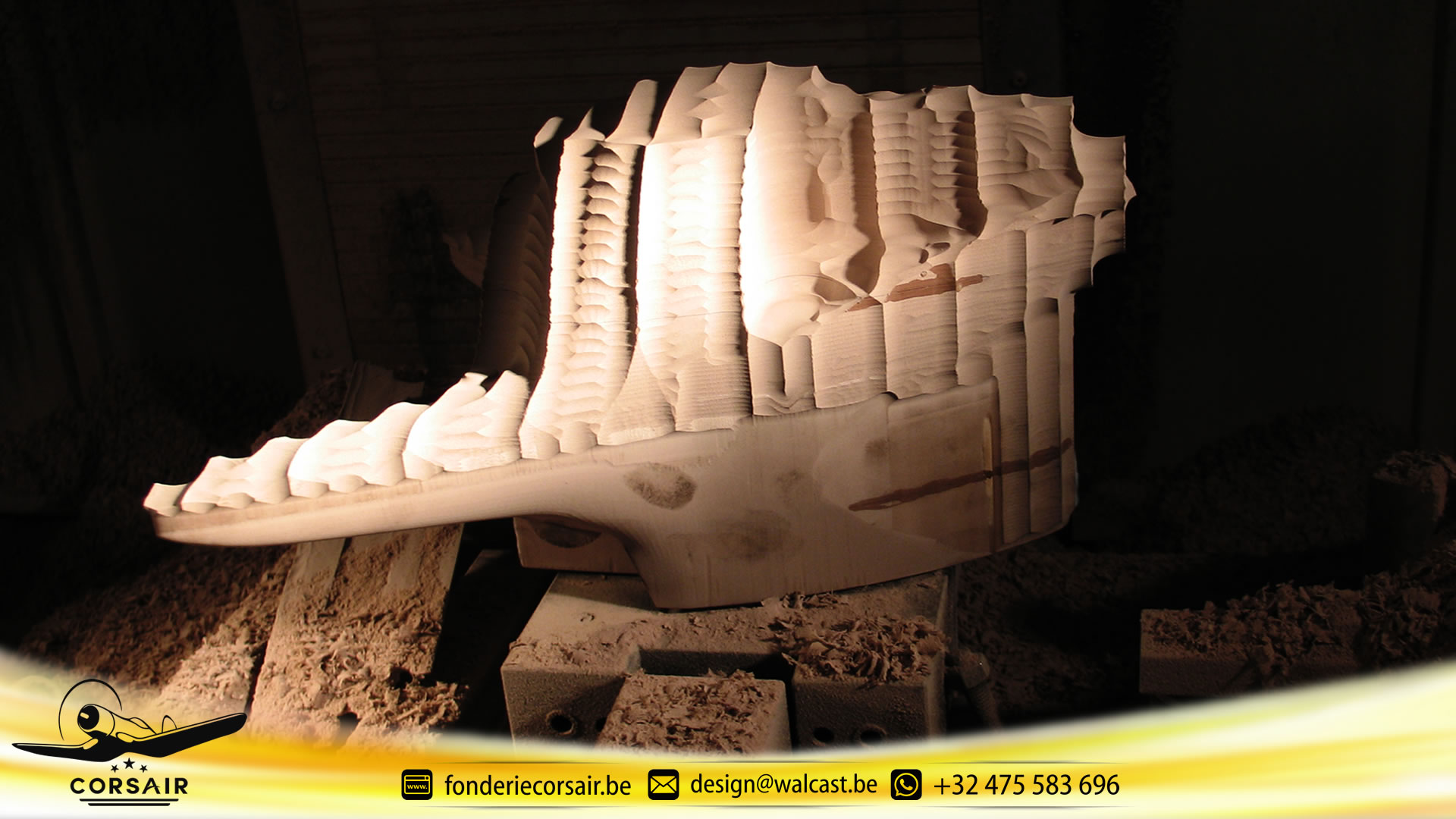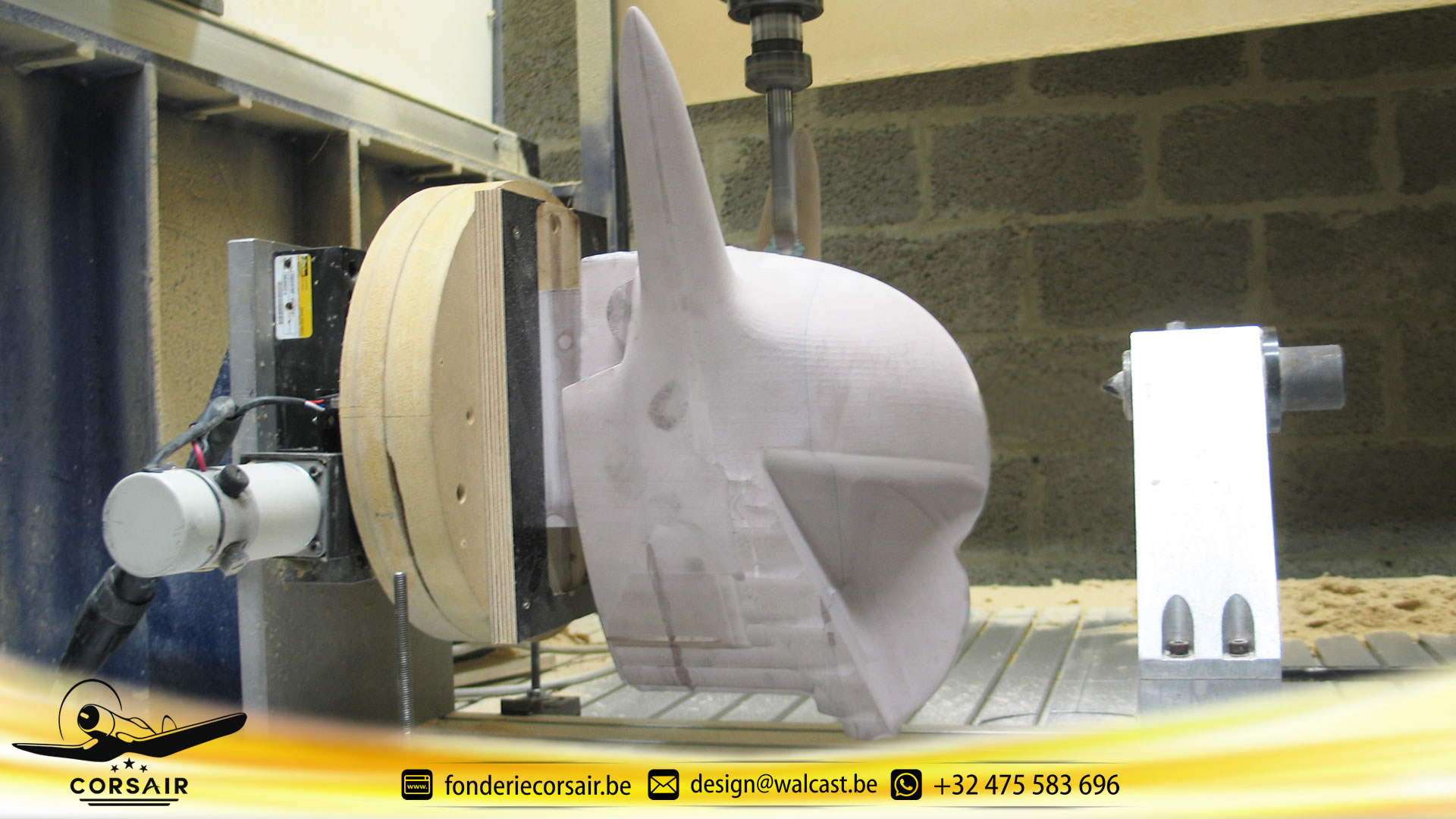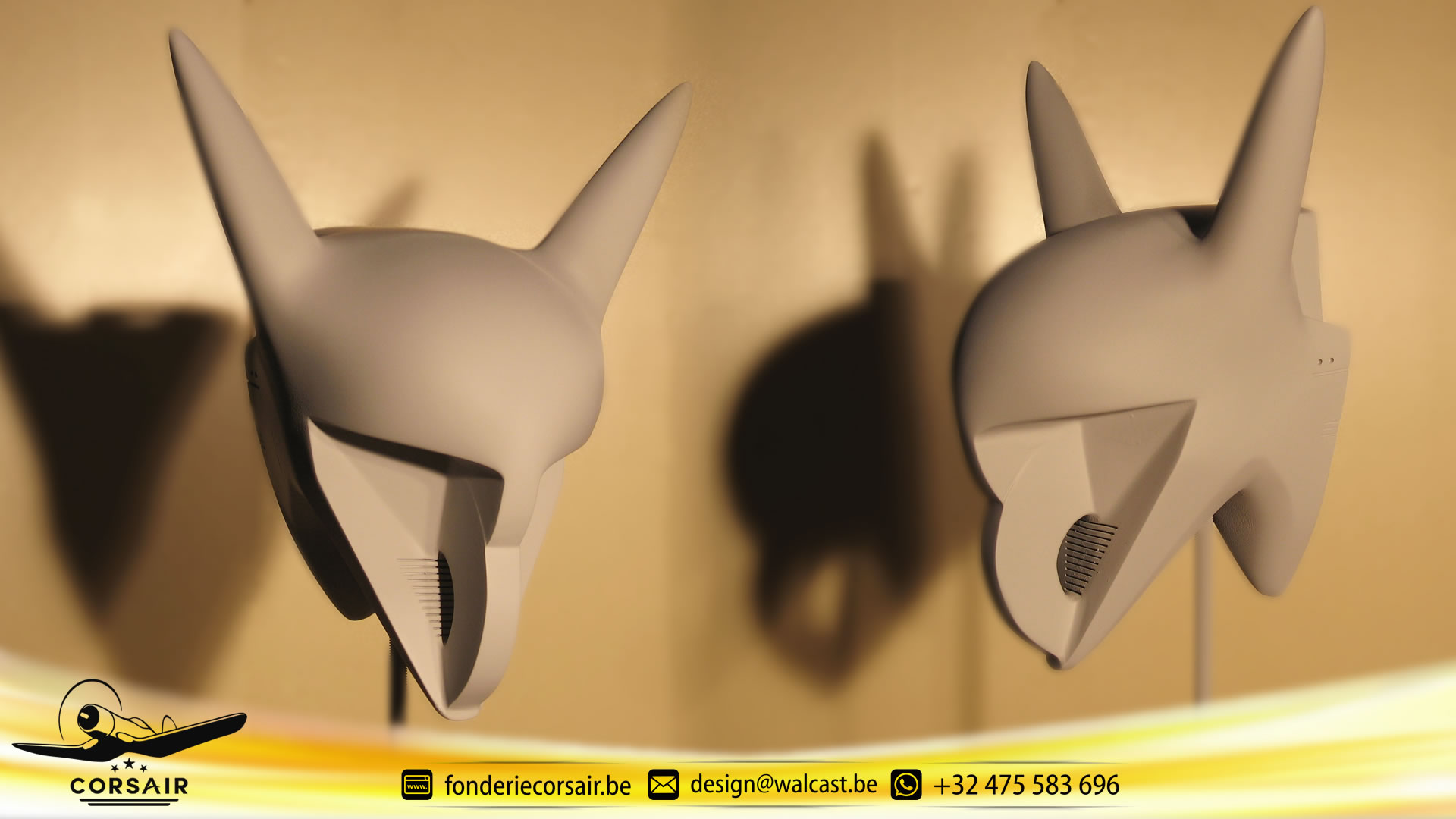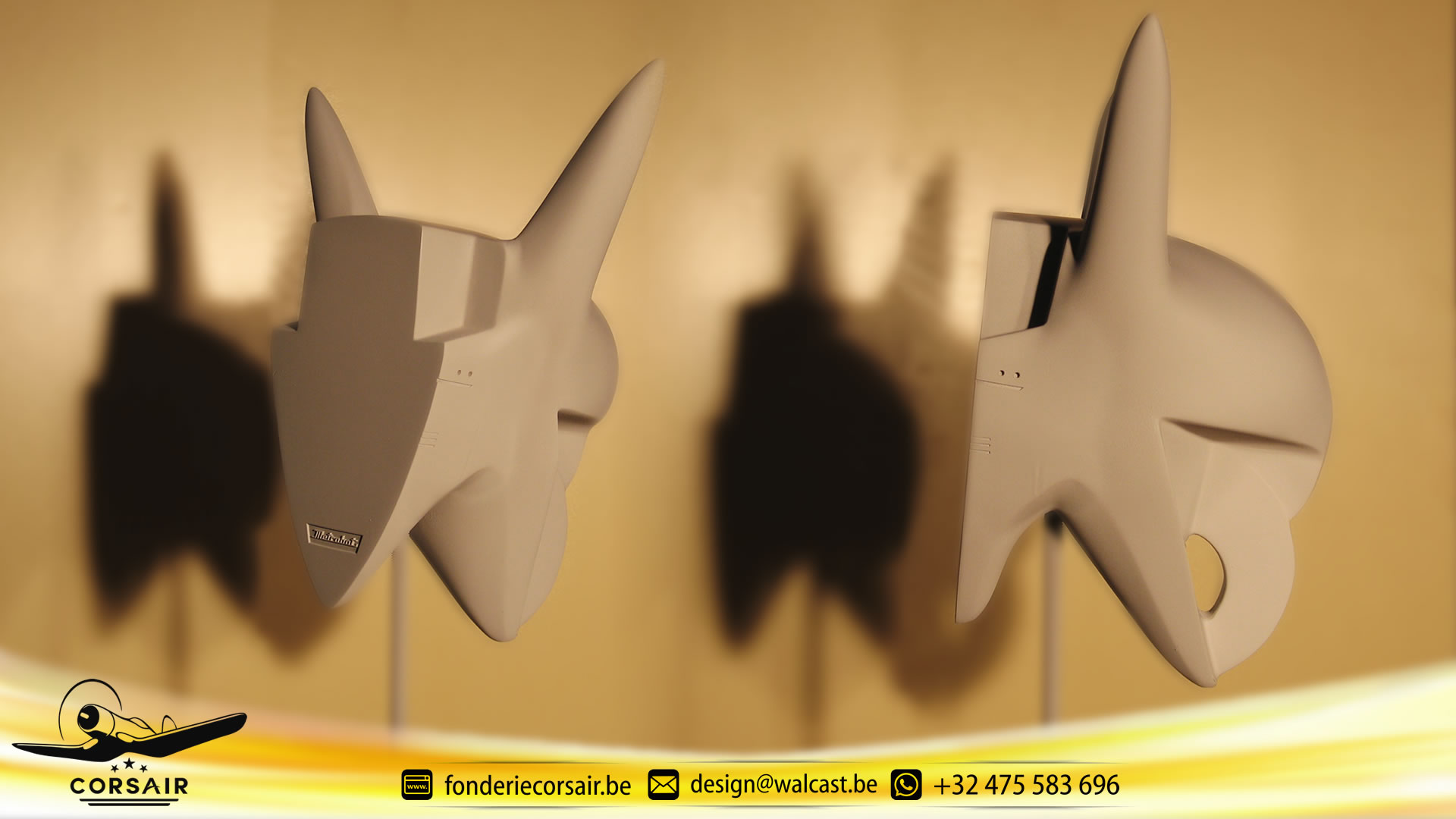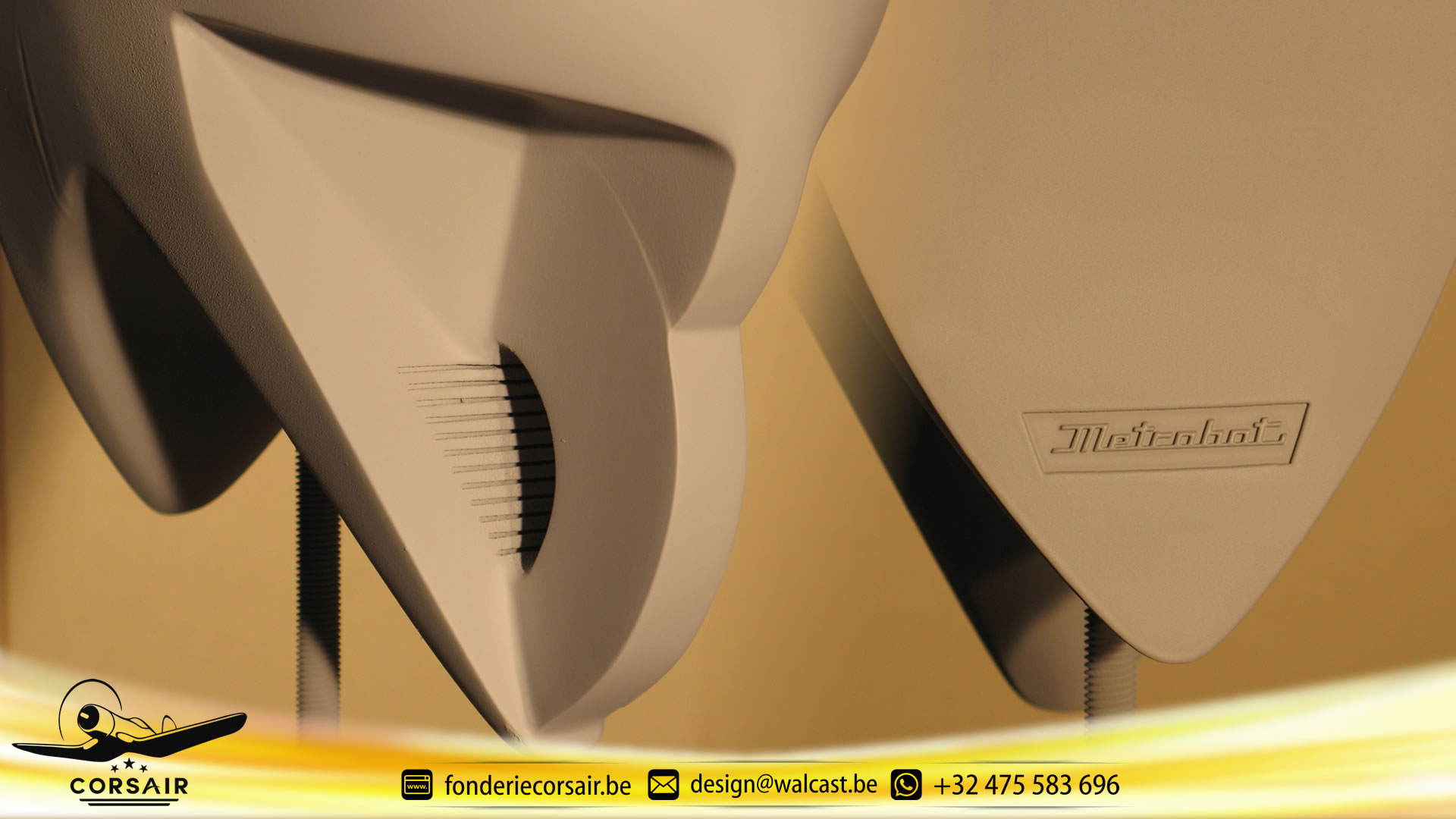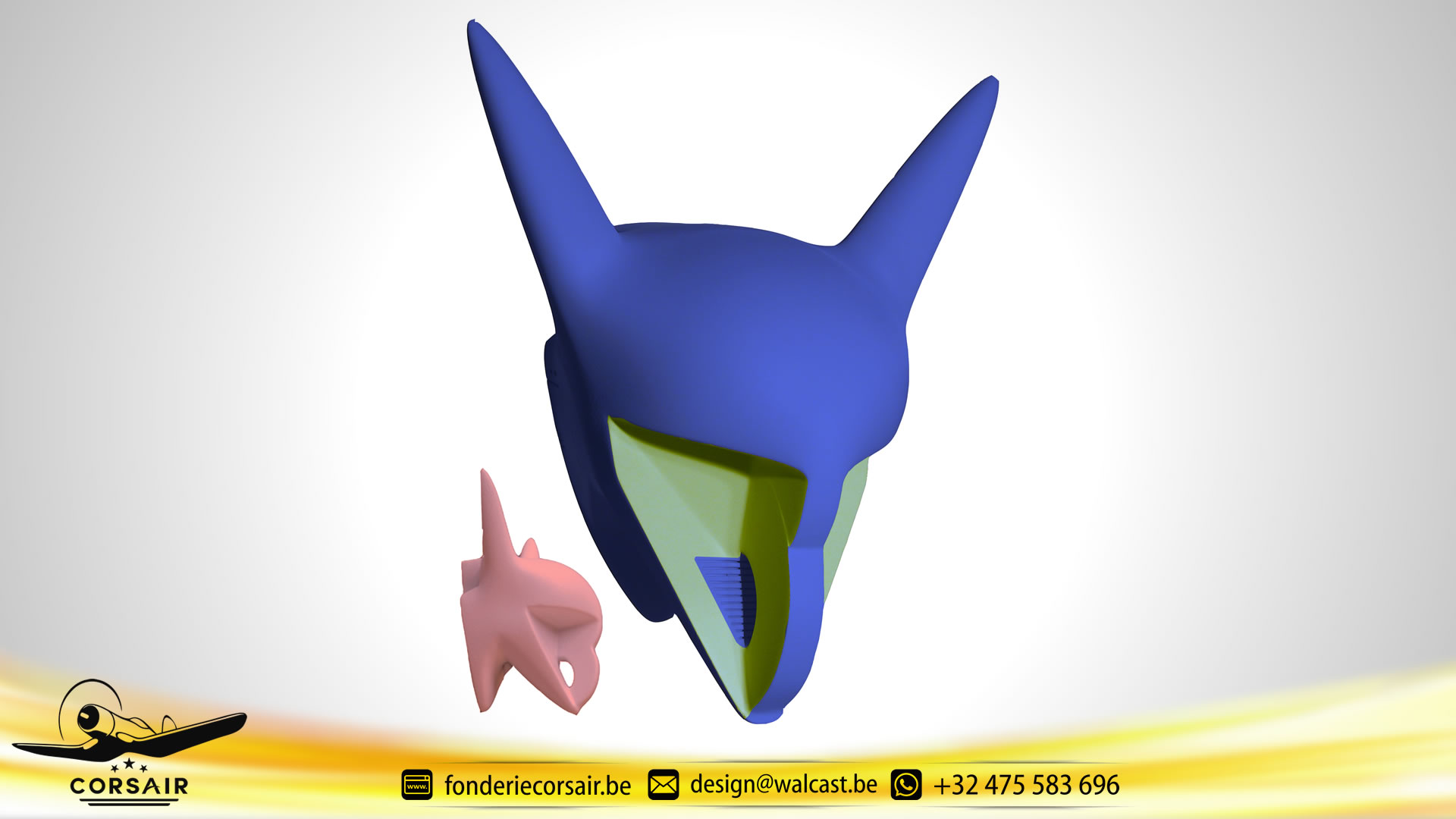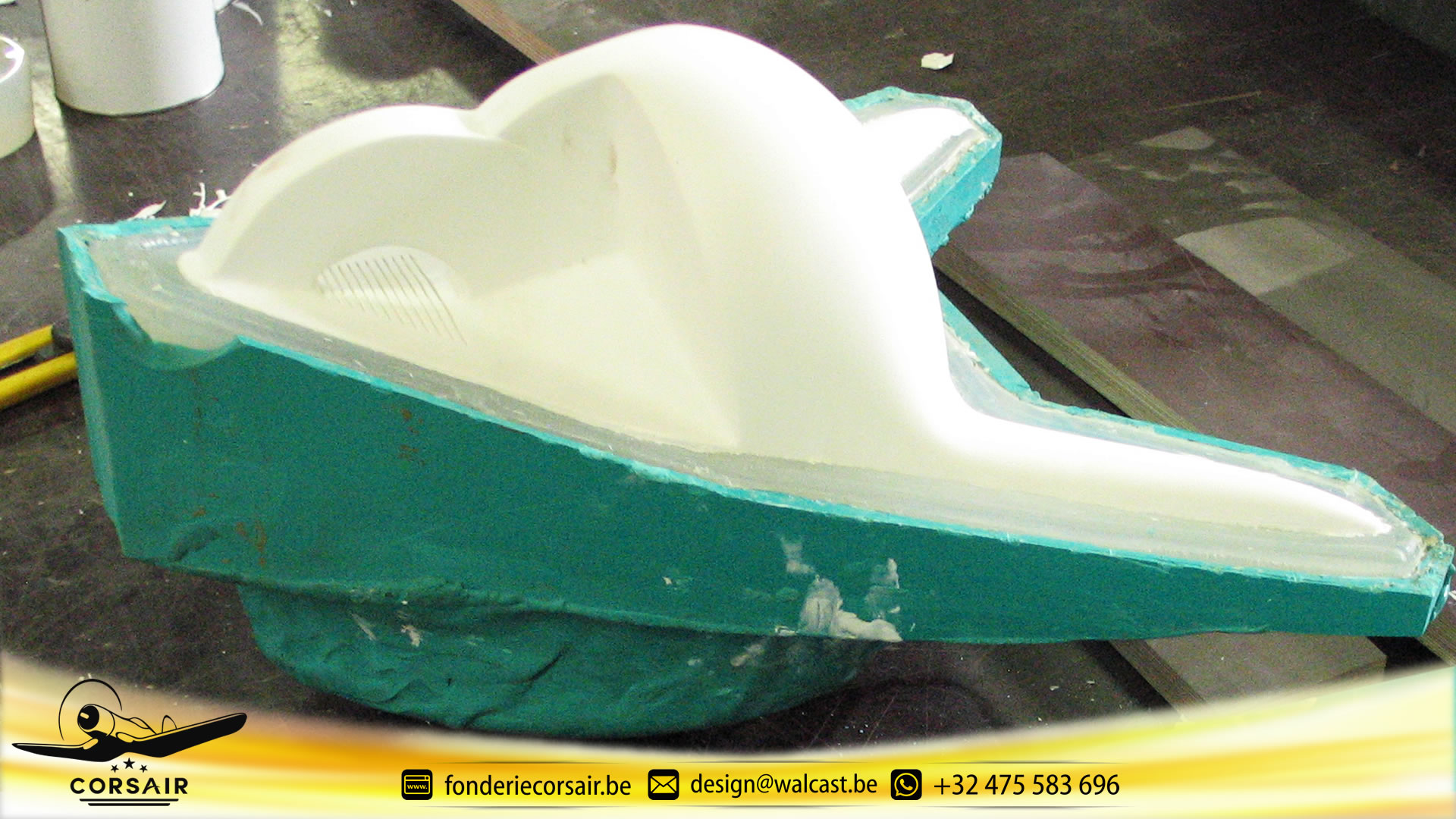Bruno Brunet

Artist description
Bruno Brunet's work explores the materials of public space, the social fabric, the codes of conduct taught towards it, and how they are inevitably broken. Representing the destruction of public property, Brunet specifically refers to the plastic bus seat covers of Brussels public transport. However, Brunet recreates and recontextualizes these minute public destructions in a minimalist setting, the white canvas, drawing attention to the nuance of the action that tells the story of a character challenging the banal repetition of modern society. These delicate interventions bring life and language, history and character to the overlooked and neglected plans of contemporary life.
From the Brussels suburbs, Brunet often took the first trains to the city center and the last ones out. On these trains, he often saw young men, teenagers, "tough guys or maybe just lonely and bored guys" vandalizing the train by holding a lighter to the plastic seat covers. Brunet recalls the fumes filling the empty cars, but mostly the patterns, the "constellations" these strangers would create.
Witnessing these interventions greatly influenced Brunet's perception of art and who was "allowed" to create it. From this formative experience, Brunet's creative identity developed. By reconstructing this public intervention on the white canvas and hanging it on the walls of a respected art institution, Brunet's positioning as a hybrid artist is clear. While being part of the select few, he interprets the outcast, and the very tool used to create these memories is also displayed. Recreated as a ghostly trophy and placed on a pedestal, a final lighter is commemorated.
Gallery
Projet 1
